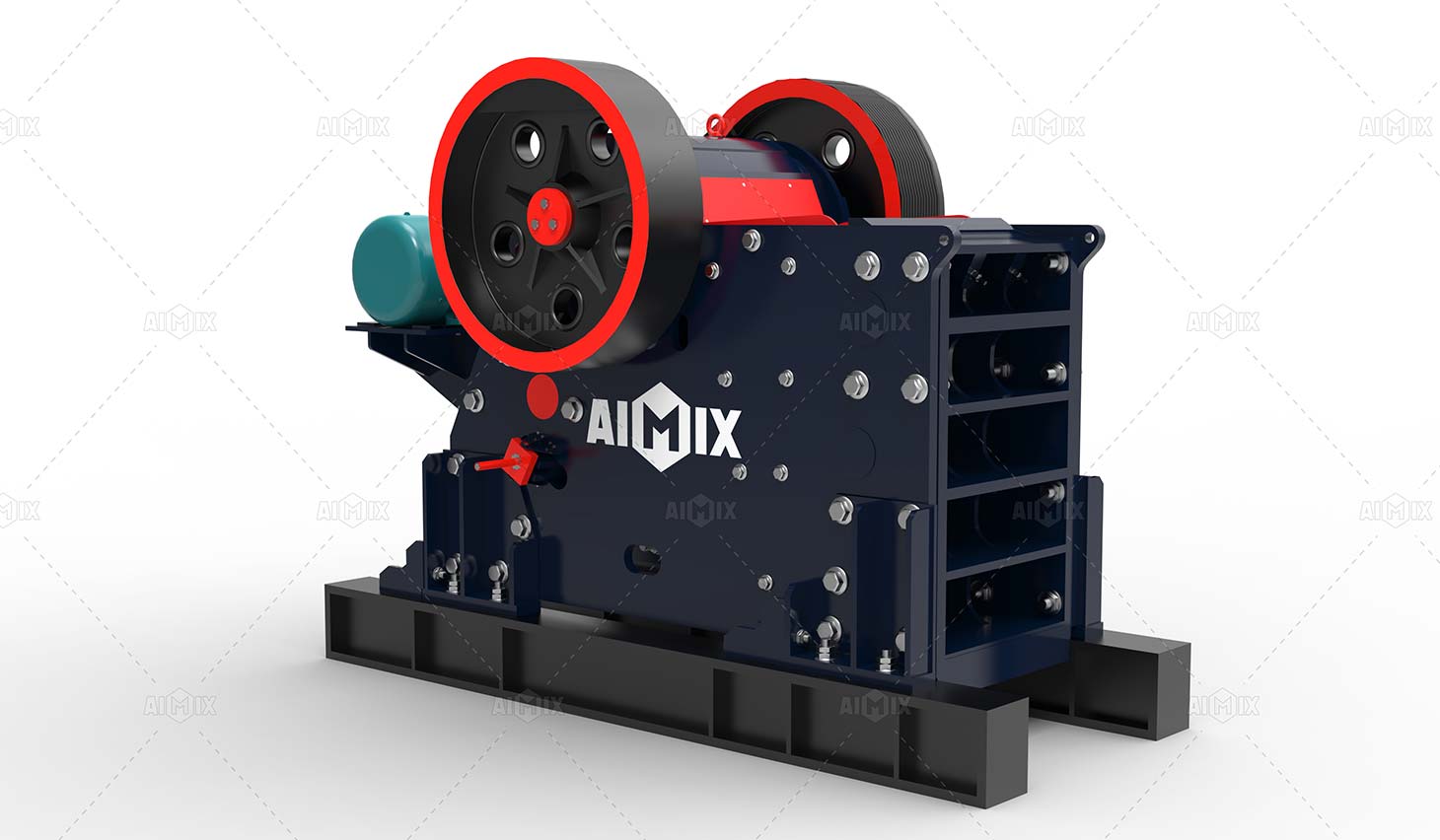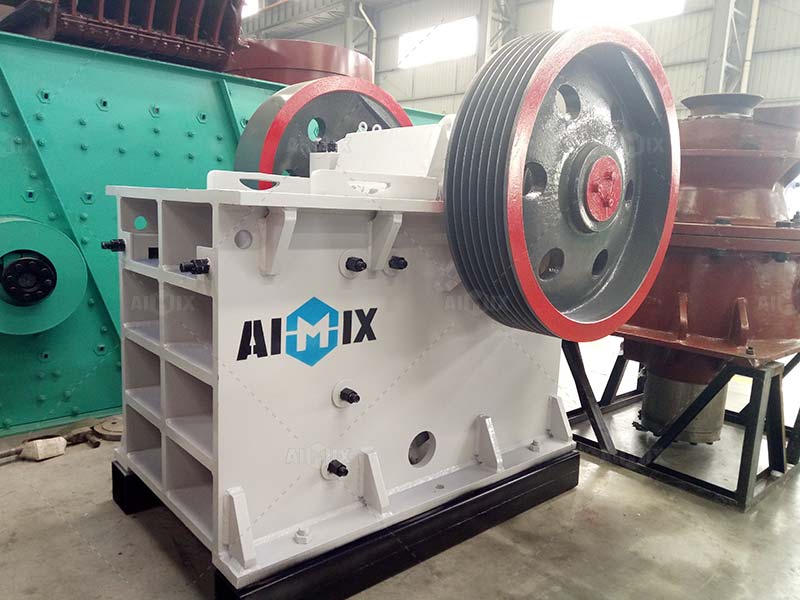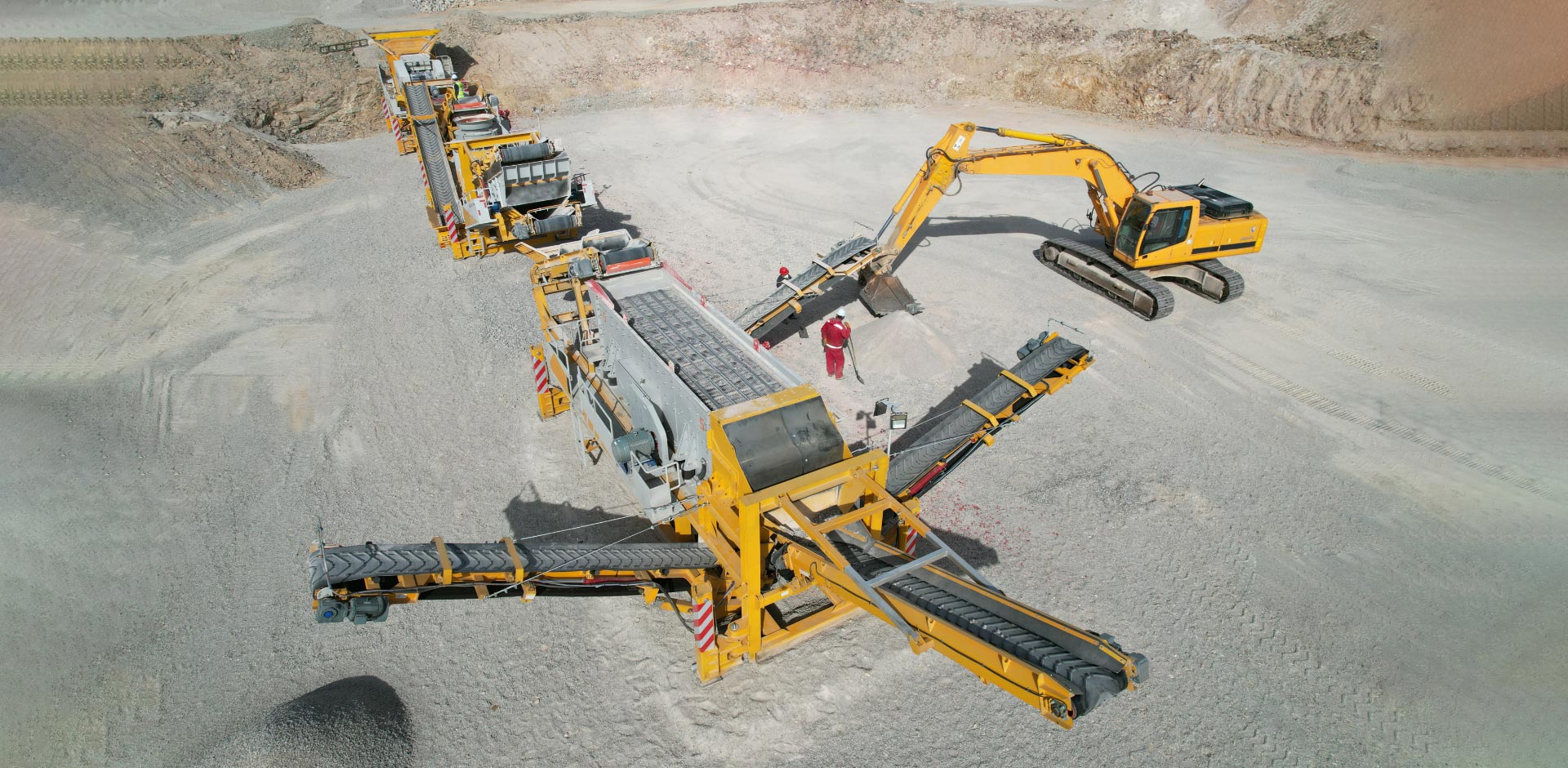When it comes to stone crushing plants, the jaw crusher plays a pivotal role in the process of reducing large stones into smaller gravel or rock dust. Not only does it help in breaking down these hard materials, but it also ensures that the end product is of the desired size for various construction purposes. In this article, we will delve into the intricate world of jaw crushers, providing you with essential insights on how to properly install and maintain this crucial piece of machinery.
The Importance of Jaw Crushers in Stone Crushing Plants
Jaw crushers are the workhorses of stone-crushing plants. They are robust, durable machines designed to withstand the harshest of environments. Their primary function is to crush large rocks and stones into manageable sizes, making them an indispensable tool in the construction and mining industries.
Overview of the Installation and Maintenance Process
Installing and maintaining a jaw crusher may seem like a daunting task, but with the proper knowledge and procedures, it can be manageable and even enjoyable. Let’s break it down into essential steps.

Installation of a Jaw Crusher Machine
Preparing the Site
Site Assessment and Selection
Before you even think about installing a jaw crusher, it’s crucial to assess and select the right site. Factors like the geological characteristics of the area, accessibility, and proximity to the source material should be considered. A well-chosen site ensures efficient operation and minimal downtime.
Clearing and Leveling the Ground
Once the site is selected, clear the area of any obstructions, rocks, or debris. Level the ground to provide a stable foundation for the crusher. Proper groundwork is the first step in ensuring the long-term reliability of your jaw crusher.
Assembling the Jaw Crusher
Unpacking and Inspection
When your crusher arrives, unpack it carefully and inspect it thoroughly. Look for any signs of damage during transport. Ensure that all components are present and in good condition before proceeding with the assembly.
Positioning and Anchoring
Position the jaw crusher in the designated spot. Ensure it’s level and stable. Anchoring the crusher securely is essential to prevent vibrations and ensure safe operation. Follow the manufacturer’s guidelines for anchoring and positioning.

Electrical and Mechanical Connections
Power Supply and Wiring
Connect the jaw crusher to a reliable power supply according to local electrical codes. Proper wiring is crucial to prevent electrical hazards and ensure the crusher for sale operates smoothly.
Belt and Pulley System Setup
Set up the belt and pulley system, which drives the crusher’s movable jaw. Proper tension and alignment are vital for efficient crushing and minimal wear and tear on components.
Maintenance of a Jaw Crusher Machine
Regular Inspection and Lubrication
Checking for Wear and Tear
Frequent inspection of the crusher’s components is essential to identify signs of wear and tear. Look for worn-out jaw plates, damaged bearings, and loose fasteners. Timely maintenance can prevent costly breakdowns.
Lubricating Moving Parts
Lubrication is the lifeblood of any machine. Ensure that all moving parts are adequately lubricated to reduce friction and extend the lifespan of your jaw crusher. Follow the manufacturer’s recommendations for lubrication intervals and the type of lubricant to use. Learn more about maintenance tips here: https://aimixgroup.ph/mobile-crusher-plant/.
Jaw Plate Replacement
Identifying Signs of Wear
Jaw plates are consumable jaw crusher components and will wear over time. Regularly inspect them for signs of wear, such as thinning or cracks. Replace worn jaw plates promptly to maintain optimal crushing efficiency.
Safely Replacing Jaw Plates
Replacing jaw plates requires careful attention to safety. Follow established procedures, use the appropriate tools, and ensure the crusher is de-energized during replacement. Safety should always be the top priority.
Troubleshooting Common Issues
Dealing with Blockages
Blockages can occur in the crusher’s feed hopper or discharge chute. Learn how to identify and clear blockages safely to prevent damage to the crusher and maintain continuous operation.
Addressing Vibrations and Noises
Unusual vibrations or noises can be indicators of underlying issues. Investigate and resolve these problems promptly to prevent further damage and ensure smooth operation.
Safety Precautions and Best Practices
Ensuring Operator Safety
Prioritize operator safety by providing proper training and personal protective equipment (PPE). Operators should be well-versed in the safe operation of the crusher and understand emergency procedures.
Safety Guidelines During Operation
Establish clear safety guidelines for operating the jaw crusher. These guidelines should cover startup and shutdown procedures, as well as precautions to take during routine operation.
Environmental Considerations
Minimizing the environmental impact of your stone crushing plant is essential. Implement dust control measures to prevent the dispersion of airborne particles, and employ noise reduction strategies to mitigate the impact of crusher operation on the surrounding environment.
This comprehensive article covers the installation and maintenance of a jaw crusher machine in a stone crushing line, emphasizing safety and best practices. If you have any specific questions or need further information on any aspect discussed, please feel free to ask. Happy crushing!
